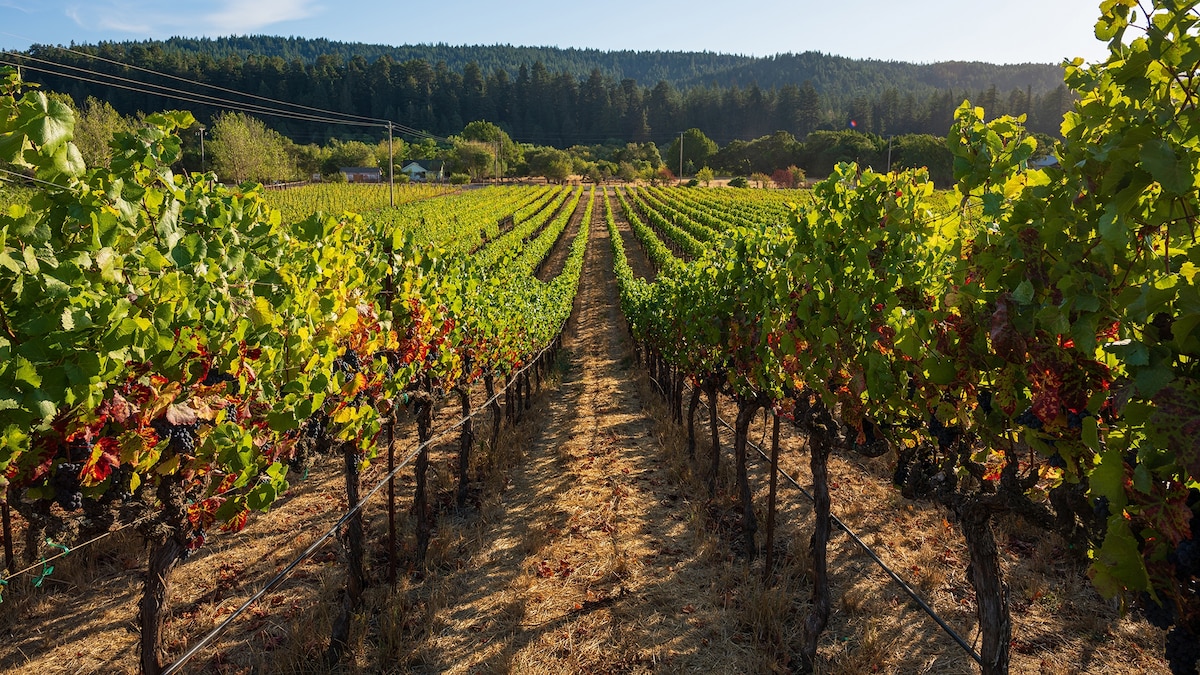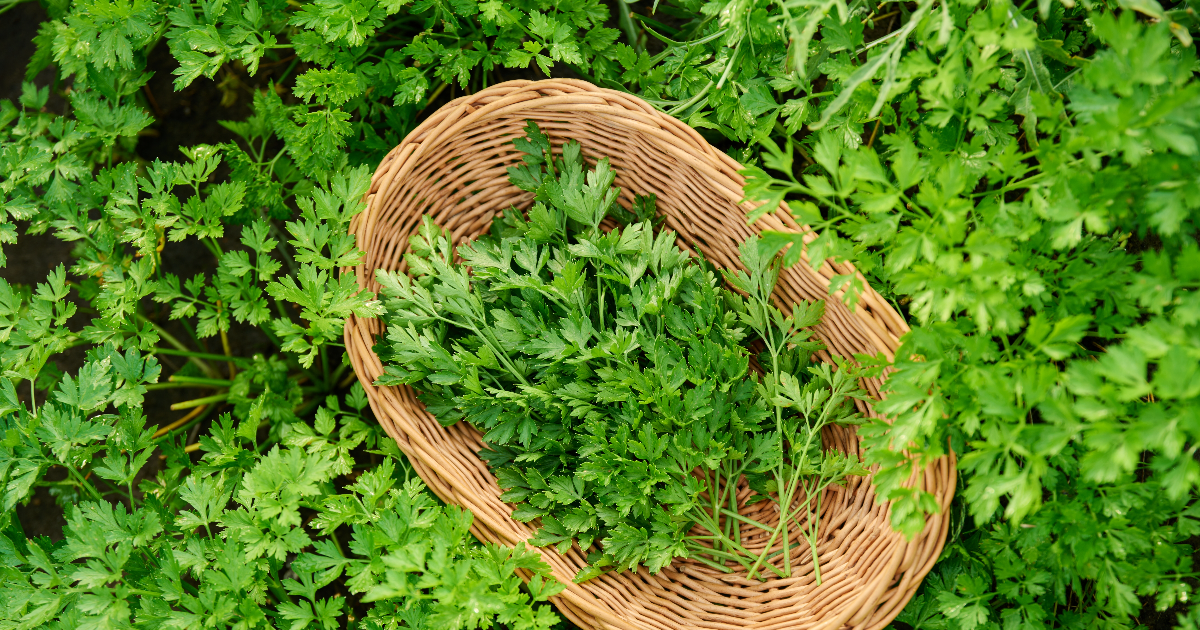Copyright National Geographic

An hour north of San Francisco, Sonoma’s storybook landscape unfurls: mist-draped valleys, sun-dappled meadows and miles of Pacific coastline. Quaint towns with historic facades and artisanal shops whisper of a simpler, slower-paced era. Everywhere you turn, farm-fresh produce takes centre stage, from local markets to menus that celebrate the season. Yet beneath this idyllic surface, Sonoma County has been quietly shaping California’s wine story for over a decade, embracing sustainable practices and a sense of terroir that rivals its more famous neighbour, Napa. In fact, some say it was here, in these rolling hills and fertile valleys, that the Golden State’s wine heritage first took root in the 19th century. The Russian River Valley, which lies between Sebastopol and Santa Rosa in the south, is teeming with wine producers. The colourful personalities behind these independent businesses craft cool-climate wines that showcase the region’s diverse terroir — particularly in standout expressions of Chardonnay and Pinot Noir. “We know from experience that organic farming methods give us more expressive grapes, higher quality wines and are better for the environment,” says Suzanne Hagins, who opened her family-owned Horse & Plow winery and cider house in 2008. The business produces several thousand bottles of organic wine and cider every year. Tasting room associate Cody Sikora chats as he pours: “The fact we only use certified organic grapes in our wine and locally grown apples in our cider mirrors what the Sonoma County locals want: natural products with a real sense of place.” Even the venue feels unmistakably ‘Sonoma’ — good looking in a less flashy way than lots of traditional wineries. A rustic, dark timber barn has a long redwood bar complete with a turntable and a stack of vinyl, while the tasting room is painted a rich, ruby red. Outside, there’s plenty of spaces to sit in the sun, including a vegetable garden, orchard and even a wooded area for forest bathing should the wine make one feel inclined to meditate among the trees. Visitors can choose from a flight of four ciders, a mix of red and white wines — or indeed both. I start by sipping a peachy Chardonnay and a Cabernet Sauvignon aged in French oak barrels, both made from grapes grown in the Viluko Vineyard of the Mayacamas Mountains, a row of rugged volcanic peaks that forms a natural boundary between Sonoma and Napa Valley. Cider’s up next, and I’m surprised by the similarity to sparkling wine as I sample Gravenstein, a naturally bubbly variety made from a local apple of the same name. It smells refreshing and tart with a crisp, clean tang. I’m a happy convert, enjoying it with salami, nuts and olives that enhance its flavour, content with my discovery that cider this delicate is a great alternative to more expensive Champagne. (Related: How to plan a wine-tasting tour in Champagne.) Hippie hangouts & ocean views Feeling enlightened and a little tipsy, I spend the afternoon exploring downtown Sebastopol, once a ‘hippie’ town that’s evolved into a vibrant cultural hub in central Sonoma. Spanning 12 acres on the town’s eastern edge, The Barlow is a dynamic mixed-use market district where boutiques, breweries and restaurants occupy converted industrial barns adorned with fairy lights. It’s a colourful community of local artisans, all inspired by the county’s abundant organic landscape. With more than 40 units to explore, choosing where to start feels overwhelming, but a charming, leafy entrance draws me into Pax Winery & Tasting Room. Inside, artfully arranged vases of wildflowers adorn the wooden bar, where a bearded bartender pours me a glass of Grenache Mourvèdre. This earthy, garnet-red wine comes from Radiant Ridge Vineyard, known for its distinctive Syrah and Mourvèdre blend. My head is subsequently turned by Region, an elegant establishment with sleek self-serve stations and communal tables. The producers featured here are almost exclusively from Sonoma County; their wines best tasted alongside dishes with an array of local goodies, including farmers’ market salad with organic winter lettuce, toasted almonds, apple-lemon vinaigrette and orange blossom honey. Nearby, Fern Bar lives up to its name. This retro-inspired space is filled with plants that stretch towards the high ceilings, while edible flowers — from colourful asters to pea blossoms and violets sourced from a local farm — decorate craft cocktails and seasonal dishes. Walking in is a sensory, botanical-themed overload, from fern-patterned wallpaper to ‘garden to glass’ cocktails like Pick Your Poison, made with a spirit of your choice, clarified watermelon and a delicate sprig of lemon verbena. Wines are local —naturally — and I end the evening with a crisp Sauvignon Blanc from Dry Creek Vineyard in Healdsburg, just 30 minutes away, before heading back to my hotel. Channelling the county’s laid-back vibe, The Lodge at Bodega Bay is all about understated luxury. Perched on a bluff overlooking Doran Beach, a 20-minute drive from Sebastopol, it promises soothing views of soft sand dunes, wildlife-rich marshes and the sweeping curve of the bay. The hotel’s design complements the landscape, with low, shingled buildings fringed by wildflowers, while inside, rooms feel more like apartments, with wood-burning fireplaces and floor-to-ceiling windows. Some guests are lucky enough to spot whales from their beds. As for me, soaking in a hot tub overlooking the tidal pools, with a glass of Russian River Valley wine in hand, feels like the perfect way to end the day. (Related: Why Alabama’s emerging wine country should be your next road trip.) Foraging & flamework Inspired by the menus celebrating Sonoma’s superb local produce, I set out to forage in the surrounding countryside the following morning. Nearby, Timber Cove Resort — a 1960s lodge-turned-design-hotel perched above a rugged stretch of the Pacific in Jenner — hosts culinary experiences led by Alexander ‘Ty’ Kun, who champions the estate’s connection to the land. I find him waiting in a densely forested part of Salt Point State Park, a woodland of Douglas firs and towering redwoods that’s the only park in Sonoma County where mushroom collecting for personal use is allowed without a permit. Alex was first enchanted by the region when he visited as a child, and went on to study the area’s naturally growing produce, enhancing his knowledge and finally settling here as an adult. Now, he spends his days doing what he loves most: foraging out on the land. “Sonoma is one of the most dynamic bioregions in the world,” he says with a smile. “I’m blessed to be able to forage throughout the whole year. Here, you can find everything from berries and flora to fungi and seaweed — wild ingredients that have fed people for generations. It’s not just healthy and sustainable; it’s a way of reconnecting with nature.” As we tramp across the soft forest floor, the air is damp from the nearby ocean and a comforting, earthy smell rises from the soil. We pick green ferns that taste like asparagus and clumps of wild garlic, far sweeter and less punchy than its mass-produced cousin, but with a lovely, lingering kick. We pause to study poisonous red-capped russula mushrooms, before munching on creamy white, peppery chanterelles. Alex will sell the nutty black trumpet mushrooms to chefs in top local restaurants. “They’re often called the poor man’s truffle,” he says, “but they feature on lots of local menus across the county.” I leave Alex beneath the trees to drive to my final stop: Dickinson Glass Studio and Showroom, run by local glass artist and designer, Michael Dickinson. Inspired by his parents’ commercial glass business in California, Michael set-up his own converted-barn studio, where he hosts workshops and crafts Venetian-style wine glasses and Champagne flutes. “Working with molten glass is a conversation between fire and form,” he explains, gazing out across the rolling hills and vineyards surrounding his studio. “It’s about bringing a material to life and exploring its capabilities.” Fashioning a wine stopper is a fitting first-timer’s project. This isn’t glassblowing but flamework, using a school-style Bunsen burner, propane and an oxygen torch. Starting with a slender glass rod, I hold it in the heat, turning it repeatedly to shape the molten glass. My excitement builds as it transforms, the tip slowly rounding until it resembles a glowing, golden orb. Once I’m satisfied with my creation, the ever-patient Michael carefully fires it in the kiln. My wine stopper is far from perfect, but it’s still gratifying to make something that’s so representative of the county. Just like the wines, this is a natural product with a true sense of place, rooted in the land and reflective of Sonoma. Three more vineyards to visit: The Donum Estate: This luxurious, organic-certified winery is located in the fertile Carneros AVA, where a Mediterranean climate nurtures its vines. In addition to grapes, the estate grows organic lavender, olives and plums. Spread across 200 acres, the grounds feature an impressive outdoor sculpture collection, including works by Keith Haring and Jaume Plensa. Book the 60-minute Carneros Experience ($100 (£75) per person) to sip Pinot Noir and Chardonnay while strolling among the vines. Ferrari-Carano Winery: Set among the vineyard-studded hills of the ironically named Dry Creek Valley, the Ferrari-Carano Winery uses certified sustainable farming practices in its production of grape varieties including Cabernet Sauvignon. The blush-pink, Italian-inspired mansion is surrounded by thick precision-cut hedges and cooling fountains. Book or just turn up for the Classic Wine Tasting ($40 (£30) per person)for a selection of local artisan cheeses, meats, crackers, nuts and honey to complement the wines and a flight of four wines.



